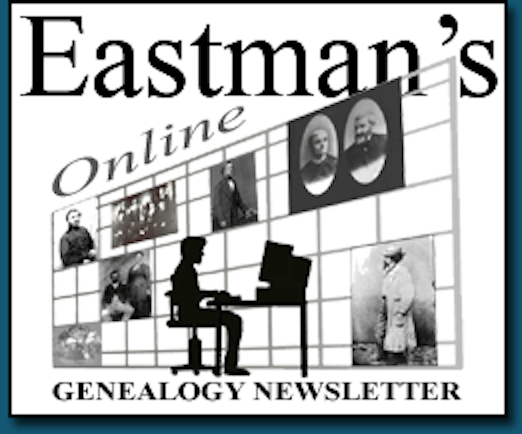Celebrate American Indian Heritage Month by listening to some of North Carolina’s American Indians discuss their history in their own voices during an upcoming virtual Lunch and Learn program “Listening to our Elders: the American Indian Heritage Commission Oral History Project” hosted by the State Archives. The State Archives is part of the Department of Natural and Cultural Resources.
In December 2022, the American Indian Heritage Commission, with the State Archives of North Carolina, embarked on capturing the living memory and experiences of American Indians throughout the state. Project staff will present that project, weaving what they learned from the elders with what they took from the process. Discussions will include how to set up an oral history project and conduct interviews.
The event is scheduled Nov. 5, from noon to 1 p.m. Register in advance, https://www.zoomgov.com/webinar/register/WN_aA9ml57tQzSPK9VM5idAUw For more information, contact Danielle Shirilla, dani.shirilla@dncr.nc.gov; 919-814-6881.
About the State Archives
The State Archives serves as the custodian of North Carolina's historical records, preserving and providing public access to a wealth of archival materials. Through its diverse collections, educational programs, and exhibitions, the State Archives plays a crucial role in promoting an understanding and appreciation of North Carolina's rich historical legacy. Learn more at archives.ncdcr.gov.
About the American Indian Heritage Commission
The North Carolina American Indian Heritage Commission advises and assists the Secretary of Natural and Cultural Resources in the preservation, interpretation, and promotion of American Indian history, arts, customs, and culture. Explore projects and resources at aihc.nc.gov.
About the North Carolina Department of Natural and Cultural Resources
The N.C. Department of Natural and Cultural Resources (DNCR) manages, promotes, and enhances the things that people love about North Carolina – its diverse arts and culture, rich history, and spectacular natural areas. Through its programs, the department enhances education, stimulates economic development, improves public health, expands accessibility, and strengthens community resiliency.
The department manages over 100 locations across the state, including 27 historic sites, seven history museums, two art museums, five science museums, four aquariums, 35 state parks, four recreation areas, dozens of state trails and natural areas, the North Carolina Zoo, the State Library, the State Archives, the N.C. Arts Council, the African American Heritage Commission, the American Indian Heritage Commission, the State Historic Preservation Office, the Office of State Archaeology, the Highway Historical Markers program, the N.C. Land and Water Fund, and the Natural Heritage Program. For more information, please visit www.dncr.nc.gov.
 Latest News Articles
Latest News Articles Do you have an RSS newsreader? You may prefer to use this newsletter's RSS feed at:
Do you have an RSS newsreader? You may prefer to use this newsletter's RSS feed at: